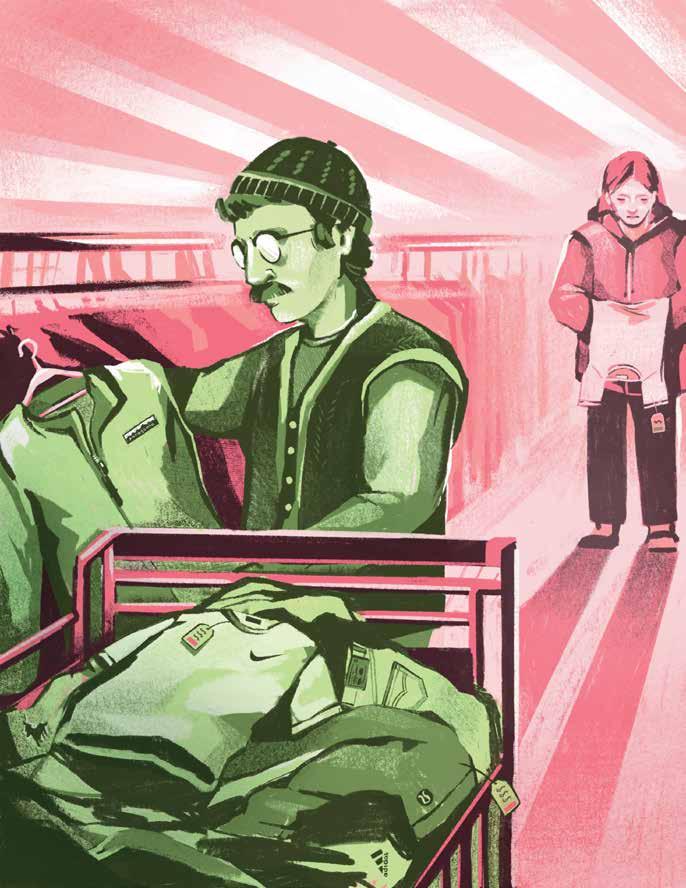
1 minute read
CHECK YOUR THRIFT STORE PRIVILEGE
It’s time for thrift stores to be held accountable
KAILEIGH BUNTING (SHE/HER) Contributor ANAIS BAYLE (SHE/HER) Illustrator
Advertisement
With more than ten million tonnes of textile waste heading to North American landfills each year, shopping sustainably has become a top priority for many buyers.
While the increase in popularity is great news for the avid deal-seeking-thrifter, this popularity has driven secondhand shops away from their original mission of providing low-income individuals with essential items at an affordable price.
In other words, the increased demand from more privileged buyers has increased pricing across these secondhand institutions and makes shopping for clothes less accessible. Frankly, it is unacceptable to allow the trendiness of upcycling clothing and other items to negatively impact those for whom don’t have the privilege of having other options.
Now, I know what you might be thinking — sure, some thrift store items are overpriced, but there are always racks chock-full of inexpensive essentials that are available for everyone, right? The issue I have with this train of thought is that it assumes people who rely on secondhand stores for clothes and other essential items should be happy with the bare minimum.
It creates a stigma where the underprivileged have no right to choices, different style options, and things that they are excited to buy or bring into their home. Being able to present yourself to the world as you’d like to be seen brings confidence and dignity — two things that shouldn’t come with a hefty price tag. So while there are racks on racks of clothing usually left untouched in thrift stores, that shouldn’t be the only option for folks in need.
To clarify, I am not discouraging people from using thrift stores and Value Villages if they can afford not to. As a student living in Vancouver, I often find myself browsing these shops for my next purchase, less out of necessity and more because I want to be more sustainable with my purchases. I think everyone should thrift first before heading to retail shelves, but that shouldn’t negatively impact those who have always relied on secondhand stores. It is essential that these institutions are held accountable for changes that negatively impact those most in need, and it is something to consider the next time you find yourself buying from your local Value Village.
Overall, while the rise in thrifting popularity has increased the number of buyers who opt to upcycle clothing or donate instead of trash their textiles, effort should be made to keep these institutions accessible for all buyers, not just those who have extra cash to spend. So next time you find yourself wanting a new piece in your closet, try browsing local, online marketplaces where no institution is involved, or swap clothes with your friends when you feel the urge to change things up.










